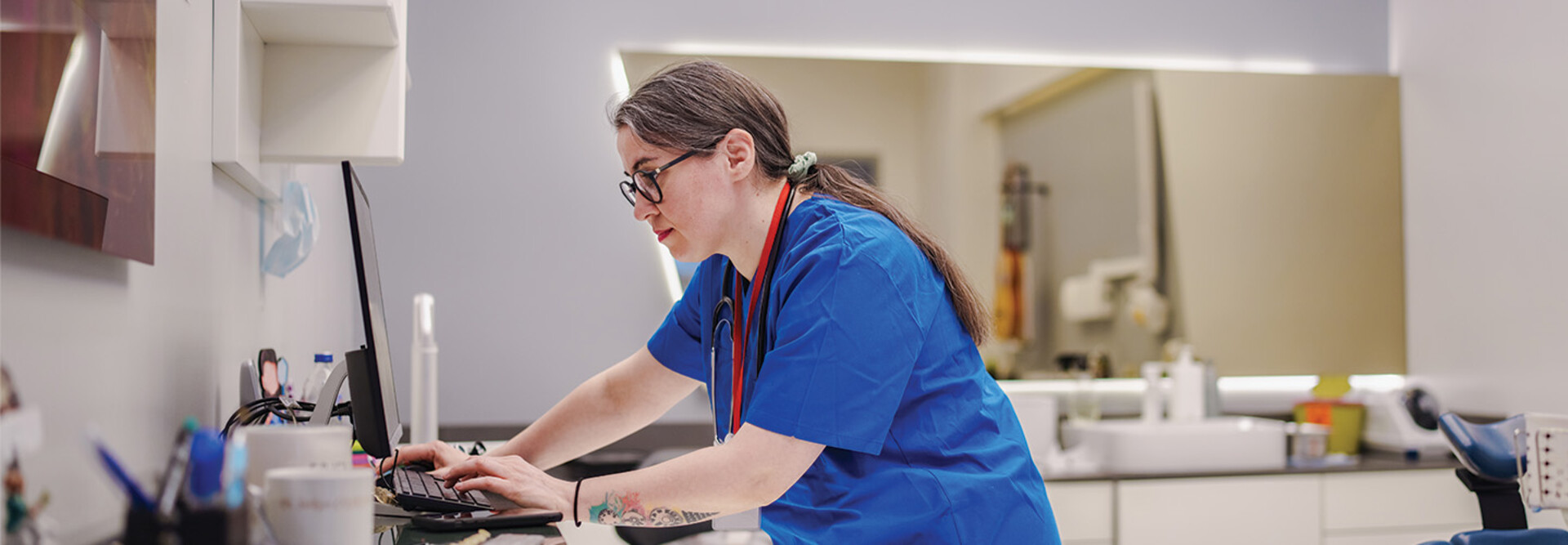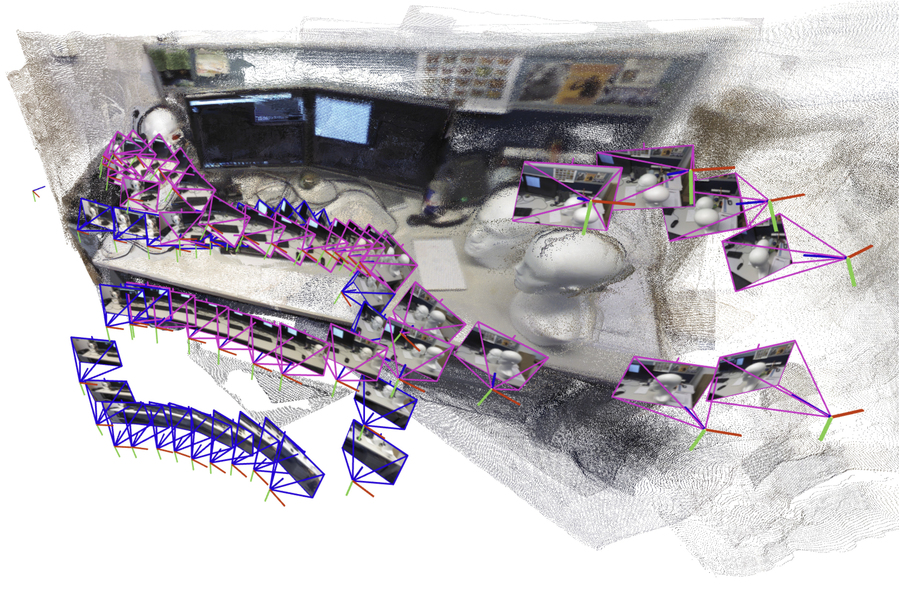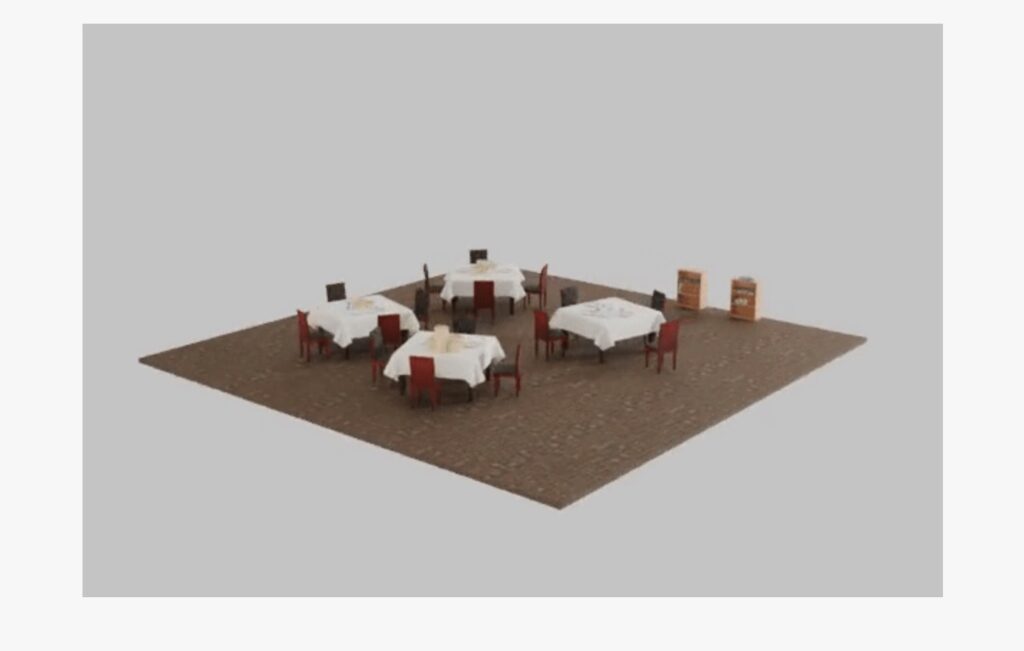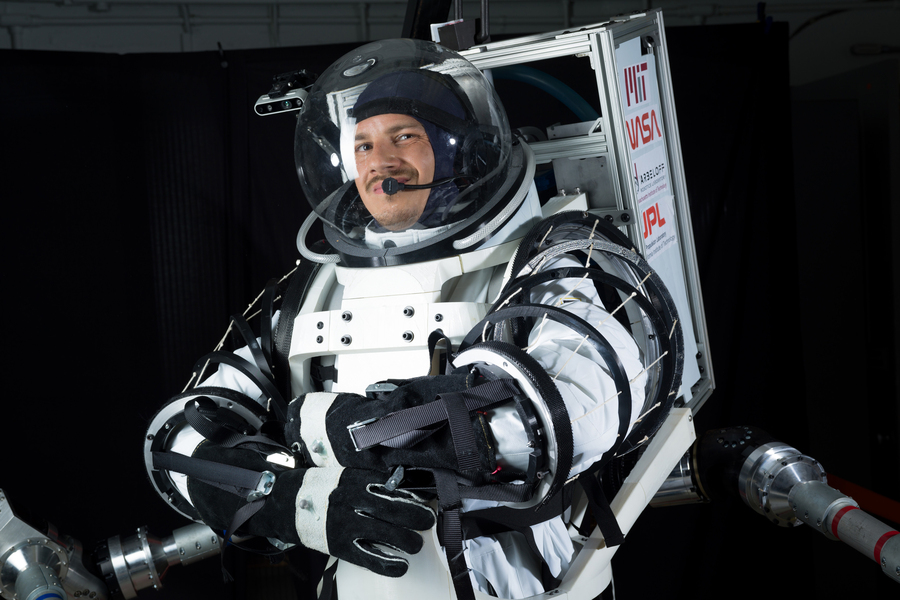
Sign Up to Our Newsletter
Be the first to know the latest tech updates
[mc4wp_form id=195]
Popular Tech News


Reaping the Rewards of Migrating EHRs to the...
- BY jordan.scott_xWTB
- December 12, 2025

This Kindle nearly replaced my Remarkable tablet with...
- BY Kyle Kucharski
- December 12, 2025

Currys have come through with the goods just...
- BY rob.dwiar@futurenet.com (Rob Dwiar)
- December 12, 2025
Popular Tech News


Reaping the Rewards of Migrating EHRs to the...
- BY jordan.scott_xWTB
- December 12, 2025

This Kindle nearly replaced my Remarkable tablet with...
- BY Kyle Kucharski
- December 12, 2025

Currys have come through with the goods just...
- BY rob.dwiar@futurenet.com (Rob Dwiar)
- December 12, 2025
MIT News
About Author
4
Articles Published
Robotics
Using generative AI to diversify virtual training grounds for robots
- BY MIT News
- October 24, 2025
- 0 Comments






